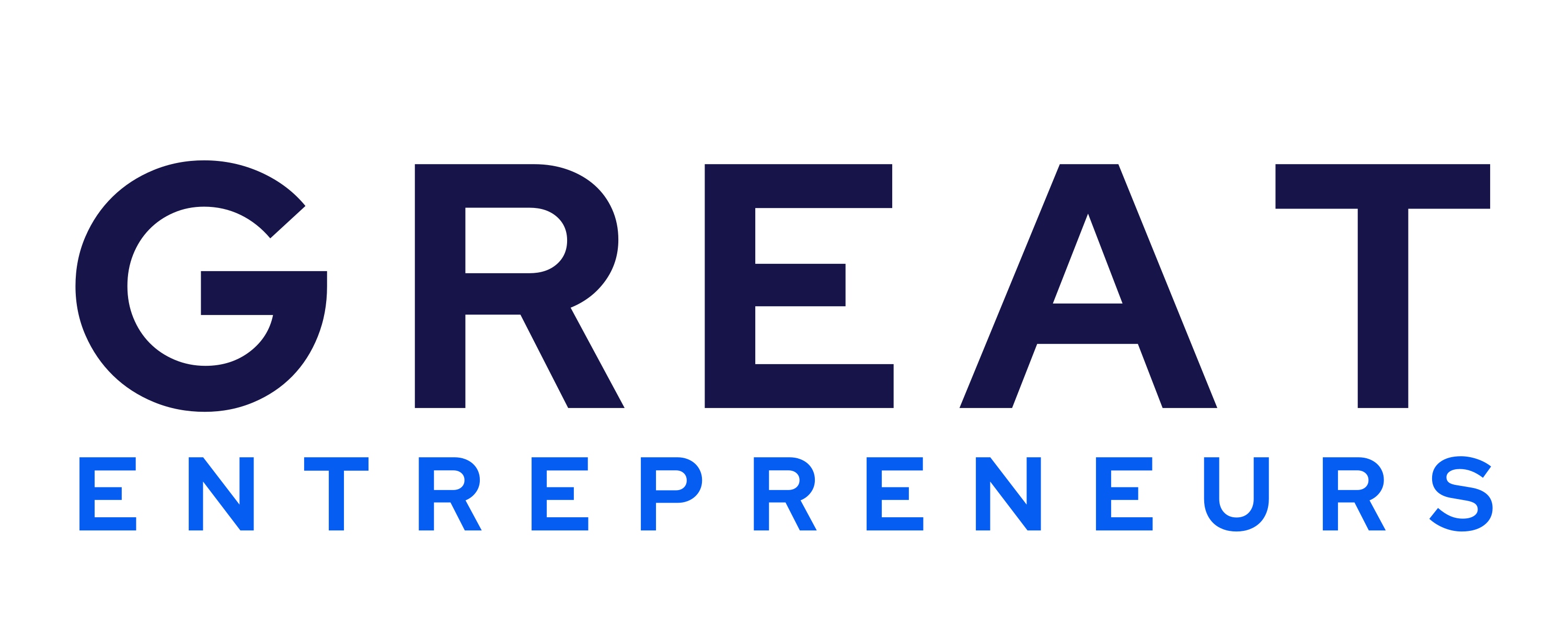The recent yield curve inversion in the United States (US) Treasury market has raised concerns about an imminent recession.
This past week, the yield for two-year Treasury bonds exceeded the yield for 10-year Treasury bonds, which economists call a yield curve inversion. This phenomenon hasn't occurred since 2019, and this inverted yield curve indicates that investors expect interest rates to rise imminently. However, this rise is also anticipated to damage the economy in the long term, forcing rates back down over time.
While predicting recessions is challenging, a yield curve inversion has happened before every recession since the 1960s. This makes the phenomenon a reliable indicator of an impending economic downturn, and this inversion would be the deepest since 1981.
Federal Reserve Chair Jerome Powell's recent announcement that interest rates would likely climb higher than previously expected has added to the uncertainty surrounding the economy.
"Frankly, there's good research by staff in the Federal Reserve system that really says to look at the short — the first 18 months — of the yield curve," Powell told reporters this time last year. "That's really what has 100% of the explanatory power of the yield curve. Because if it's inverted, that means the Fed's going to cut, which means the economy is weak."
It's important to note that while an inverted yield curve strongly predicts a recession, it doesn't necessarily mean a recession is imminent. There can be a significant gap between the inversion and the actual recession, and there are other factors that can contribute to a downturn, such as trade tensions and geopolitical risks. While bond curves are Powell's preferred metric for determining if a recession could occur, some economists, such as hedge fund manager Bill Ackman, believe that the economy could improve if inflation can finally be quelled.




















